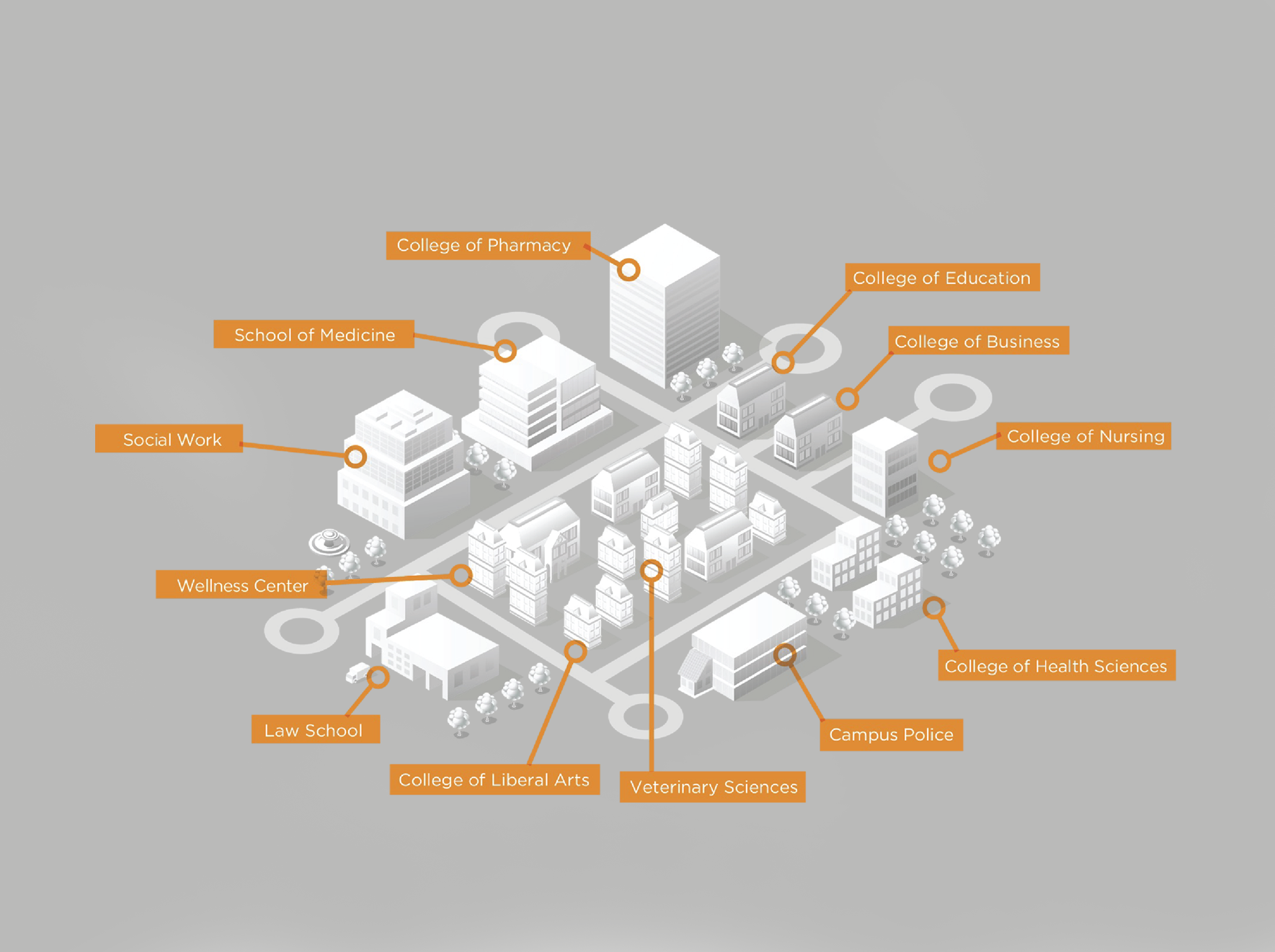Buying a video recording and observation system is more than choosing features and toolsets, it’s about improving reputation, revenue, and Return on Investment (ROI).
So how do you convey this value to your budget committee?
We’ve put together a list of topics to help you make your case for an audio/video solution in 2024 and beyond.
Below are the critical topics that will be elaborated upon to help you advocate for the inclusion of an audio/video solution in your 2024/2025 budget:
- Recruitment
- Student Success
- Employee retention
- Mission and vision
- Programmatic accreditation
- Institutional accreditation
- Community relationship
- Predictable cost
1. Recruitment: More Students and More Revenue
When tuition is your primary source of revenue, it’s critical to invest in technology that supports student recruitment. Gen Z expects communication via technology, but they also expect personalized communication. A video capture system for observing and recording skills training offers both. It enables educators to provide students with personalized feedback and facilitates collaborative debriefing to prepare students for real-world scenarios. The hardware component of an audio/video system is also a concrete example of campus technology recruiters can point to during campus tours.
Read Why College Technology is Important to Students and How to get Others to Buy into New Tech. to discover more reasons students are expecting integrated technology on campus.
2. Student Success: Enhanced Learning and Retention
A video capture system not only attracts new students, but it also supports student achievement and retention. For instance, a video capture system increases faculty supervision of skills training, which may help struggling students catch up to their peers. Another example is using video playback for self-reflection to help students gain confidence. Long term, student success leads to gainful employment, which contributes to improved reputation and donations.
Not sure what planning a simulation space looks like? Read our helpful Simulation Lab Planning Guide, which outlines everything you need to know for simulation learning in healthcare and beyond!
3. Employee Retention: Efficiency and Satisfaction
According to a 2022 survey by the College and University Professional Association for Human Resources, approximately two-thirds of full-time higher ed employees work more than full-time, which contributing to employee burnout. A stable, purpose-built, audio/video system increases efficiency and gives time back to faculty and staff, which may improve employee retention. Not only does it save time, but it also prioritizes how time is spent. For example, when you invest in a solution that works as expected when expected, your IT team can focus on initiatives like technology for student recruitment, rather than troubleshooting a failing audio/video system, or piecing together a solution that is not sustainable long term.
4. Mission and Vision: Aligning Technology with Purpose
Mission-driven leadership decisions improve morale and sense of purpose. Big buying decisions are tied to emotion. Demonstrate how your audio/video solution supports your institution’s mission and vision. For example, if your mission includes improving accessibility with technology, show how your solution supports multiple learning styles and is WCAG compliant. If your mission includes investing in technological infrastructure that improves education quality, show how your solution scales to support multiple programs on campus, which also maximizes Return on Investment.
5. Programmatic Accreditation: Meeting Standards with Evidence
Program accreditation is obviously tied to reputation and funding. So how is a video capture solution tied to program accreditation? Accrediting agencies require evidence in their evaluation, monitoring, and re-evaluation processes. A video recording and observation system help you provide the necessary evidence. For example, recorded videos of students’ skills and functions in clinical settings and meeting clinical performance standards. Additionally, for accreditation agencies that require clinical observation of students, on campus and/or in offsite facilities, observation may be facilitated via the video capture software to achieve this requirement.
6. Institutional Accreditation: Demonstrating Continuous Improvement
While less specific than programmatic accreditation in which certain program-specific skills must be demonstrated, like programmatic accreditation, institutional accreditation agencies require evidence of continuous improvement in quality education. A video recording system can be part of a continuous improvement and technological strategy. For example, it allows faculty and staff to assess and measure non-technical skills, and in addition to technical skills, to better prepare students for real-world experience, such as improved patient care and interprofessional interactions.
7. Community Relationships: Enhanced Reputation and Revenue
If community clinical services and/or research labs are part of your institution's revenue generation, a video recording and observation system helps improve patient care, which improves your reputation. You can also tie the workflow efficiency you gain from a video capture system to increased productivity and thus, increased revenue. For example, rather than having to manually upload or download recordings for research analysis or collaboration, an audio/video solution can record, index, and distribute videos to users automatically based on proper permissions.
8. Predictable Costs: Planning for the Future
As you prepare to present your budget request, ask vendors to show you the cost of their system for each year, over five years, so you can present a comprehensive total cost of ownership analysis. Present the cost of the system for years one through five to show a consistent, predictable budget after year one, which helps your organization plan not just for the initial capital expense, but cost year over year, and plan the operational budget accordingly.
9. Successfully Integrating Intelligent Video Solutions
In today's educational and healthcare landscapes, integrating an effective audio/video solution is an operational improvement and a strategic investment. With over 15 years of experience, Intelligent Video Solutions positions its software as a powerful tool for users aiming to amplify the impact of their programs, demonstrating that the right audio/video system is not just a cost but a catalyst for broad-reaching benefits across educational and healthcare settings, making a compelling case for its inclusion in the 2024 budget.
Use this Buyers Guide to identify an audio/video system that correlates with improved reputation, revenue, and return on investment for your budget proposal.








